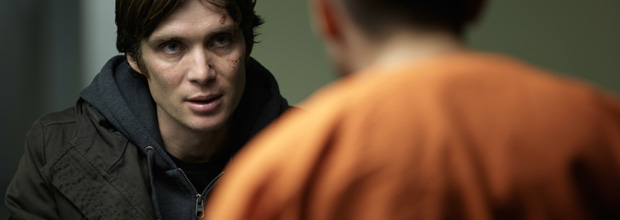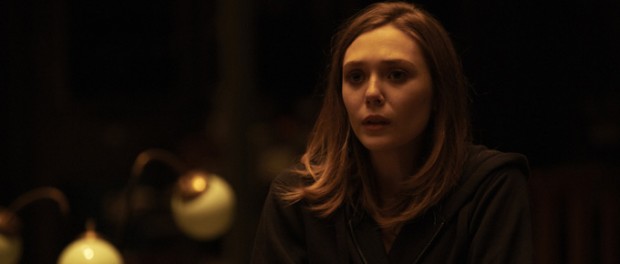Marking yet another interesting entry in the career of Cillian Murphy, an ambitious performer always tackling new genres and new characters, is Red Lights from director Rodrigo Cortes (Buried).
This time around, it’s a thriller and the subject is the paranormal. Dr. Margaret Matheson (Sigourney Weaver) and Dr. Thomas Buckley (Cillian Murphy) travel the country, investigating reported sights of the supernatural, disproving each and every one with relative ease.
Amidst their cynicism, world-renowned psychic Simon Silver (Robert de Niro) returns from a long controversial absence, making believers out of any and all who witness his abilities. So begins Tom’s slow descent into madness, determined to prove Silver is a fraud. But, can it be that Simon Silver is not a fraud?
Cortes proved a talented filmmaker in tight spaces with Buried, and here he’s eager to expand in every way. There are more than a couple of suspenseful sequences in beautifully-realized spaces, one hotel set piece in particular. The director owes a lot to his production designer, Antón Laguna. The same can be said for cinematographer Xavi Giménez, who succeeds in pulpy, but not garish, moody lighting.
Narratively, the film posits itself much like a magic trick (you’ll think of The Prestige more than once). Weaver and Murphy’s doctors convince their classroom (full of students who include Sundance faves Elizabeth Olsen and Craig Roberts), as well as the audience, that paranormal activity is nothing more than well-performed magic, and what follows is increasingly inexplicable events that make you, the viewer, question that which the film itself has told you is unreal.
De Niro, though barely in the film, is a palpable presence, enjoying the role of prophetic psychic much in the same way he enjoyed playing the devil in Angel Heart or a gay pirate, more recently, in Stardust. And though he’s over-doing it, he knows when to harness his energy, most notably in one particular, somewhat meditative scene with Tom towards the end of film.
Olsen and Roberts are, unfortunately, so utterly wasted here you’d almost wish Cortes had cast other, less-engaging actors to play parts so minor. You can feel Cortes, who also edited the picture, trying to find as much extra footage of the two young starlets as he can in order to give their screen time more meaning.
Meanwhile, Weaver continues to prove she’s one of the most reliables actresses around, offering both humor and gravitas to a topic that wields an interesting amount of both emotions, many times all in one. This, perhaps, is the film’s greatest accomplishment. It knows both how silly psychic demonstrations are and how serious many people take them. There are as many laughs as there are scares on screen, breaking tension just as it begins to build it up again.
And though it all feels like something that was perhaps a bit more intellectual and psychological on the page, the end result is nothing if not engaging. It’s nice to see Murphy in the shoes of a leading man, proving he can be whatever we need him to be.



